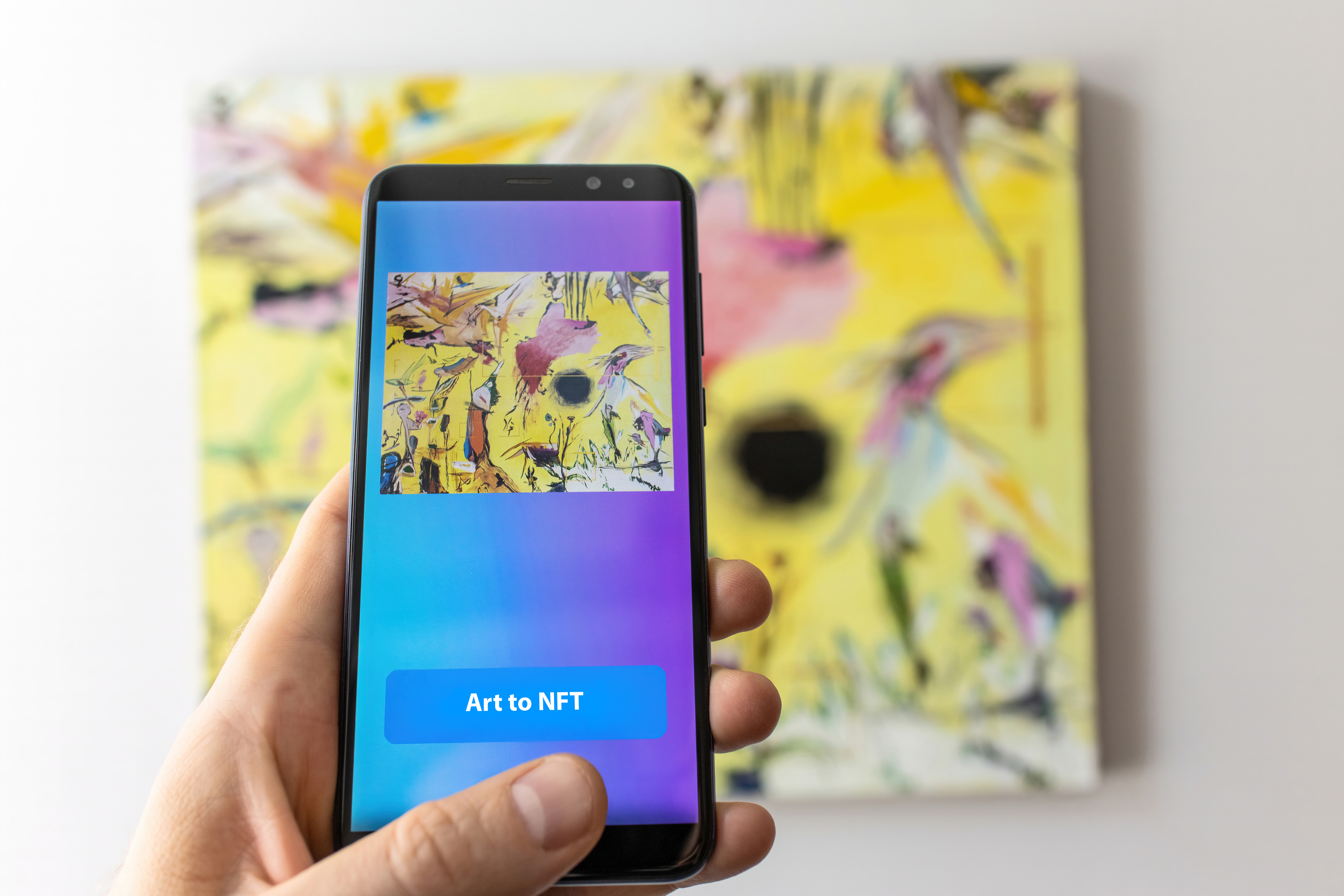Leveraging NFT Technology to Boost Physical Art Sales
The intersection of traditional physical art and the digital frontier of NFTs (Non-Fungible Tokens) represents a pioneering opportunity for artists. By integrating NFTs into their sales strategy, physical artists can not only expand their market but also engage with a new, tech-savvy audience. Here’s how artists can make this transition to enhance their sales and visibility:
Understanding NFTs
First, artists need to grasp what NFTs are. An NFT is a unique digital token on a blockchain that certifies ownership or proof of authenticity of any digital asset, including digital art. However, the application here is to link these digital tokens to physical artworks, creating a synergy between the tangible and the digital.
Creating Digital Twins
Digital Representation: Artists can create a digital version or 'twin' of their physical artworks. This could be in the form of high-resolution images, videos, or even augmented reality representations of the art.
Tokenization: Once you have a digital version, mint it as an NFT. Platforms like Endemic allow artists to mint their digital art into NFTs. The key is to ensure the NFT includes details linking it to the physical piece, such as a certificate of authenticity or a serial number.
Marketing to the Web3 Audience
Storytelling: Use the narrative of exclusivity, innovation, and the fusion of art and technology. Explain how owning an NFT gives collectors not just a piece of art but a stake in the cultural shift toward digital ownership.
Community Engagement: Leverage social media platforms popular within the Web3 community like X (formerly Twitter), Discord, or Instagram. Share stories about your art, the creative process, and how the NFT adds value to the physical piece.
Exclusive Events: Host online galleries or virtual events where the NFT art is showcased. Use platforms for virtual reality exhibitions where attendees can experience the art in a new dimension. Endemic offers a virtual gallery experience of the art.
Boosting Physical Art Sales
Bundled Sales: Sell the physical artwork with its corresponding NFT, offering buyers two forms of ownership - physical and digital. This can significantly increase the perceived value of the artwork.
Proof of Authenticity and Ownership: NFTs provide an immutable record of ownership, which can be particularly appealing for high-value art. This can deter forgery and increase trust among collectors.
Resale Royalties: One of the most compelling features of NFTs is the ability to program royalties into the token. Artists can earn a percentage of sales every time their art is resold on the secondary market, providing a continuous income stream.
Attracting New Collectors
Accessibility: By selling NFTs, artists can reach a global audience without the usual barriers like geographical location or the cost of shipping physical art.
Democratizing Art: Fractional ownership of NFTs can allow more people to invest in art at various price points, potentially turning art enthusiasts into art investors.
Collaborations and Projects: Engage with other creators in the Web3 space for collaborative projects or limited editions. This can introduce your art to different segments of the NFT community.
Challenges and Considerations
Technical Barriers: Not all collectors are familiar with blockchain or how to purchase NFTs. Providing guidance or partnering with galleries like Endemic can help.
Environmental Concerns: Blockchain, particularly Ethereum before its shift to proof-of-stake, has been criticized for its energy consumption. Artists might consider more eco-friendly blockchains or highlight their commitment to offsetting carbon footprints. Endemic offers Polygon and Turbo in addition to ETH.
Market Volatility: The crypto art market can be volatile. Diversifying sales platforms and not relying solely on NFT sales can mitigate risks.
Conclusion
By embracing NFTs, physical artists can tap into a vibrant, growing market, attract a new demographic of collectors, and enhance the value of their work in novel ways. This fusion of art with technology not only preserves the integrity and authenticity of art but also opens up new avenues for artistic expression and financial gain. As with any new technology, the key is to approach with both innovation and caution, ensuring that the core value of art — its beauty and message — remains paramount.


